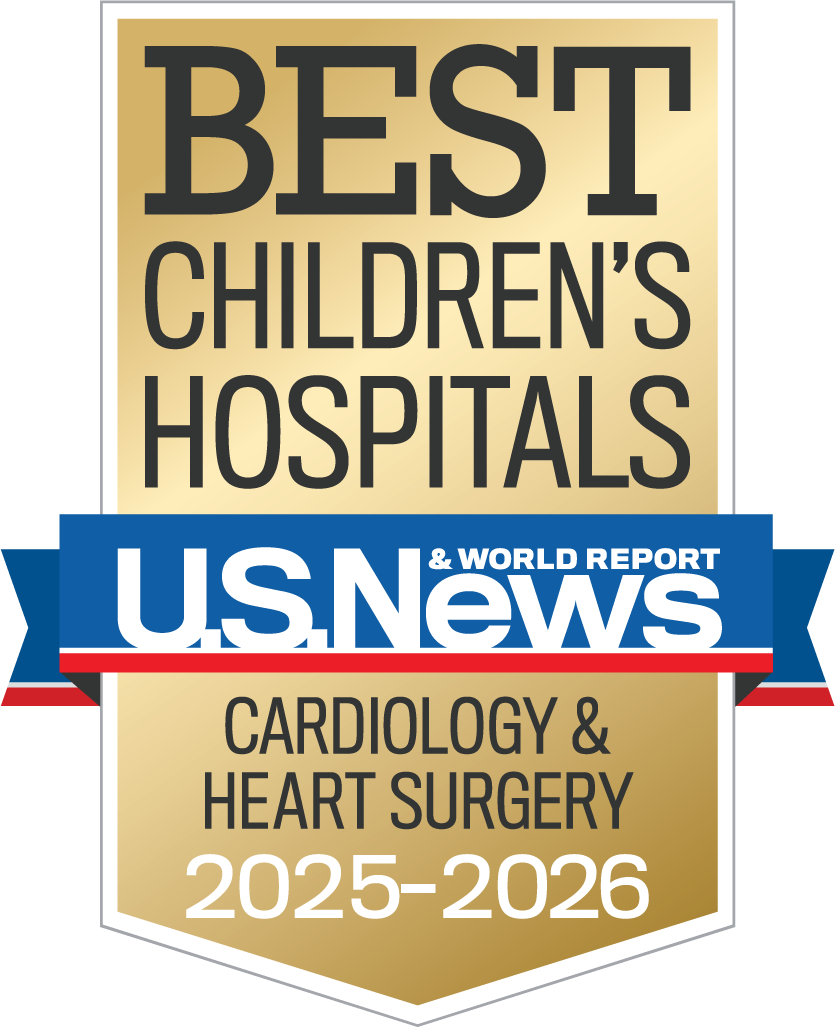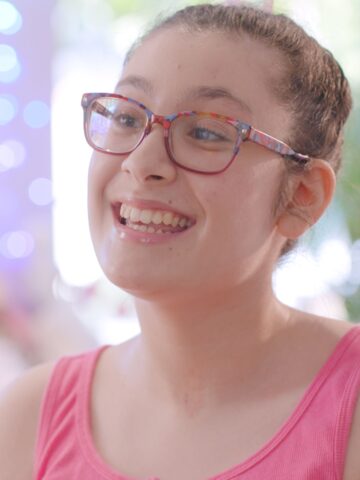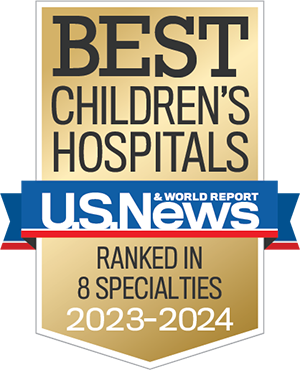A heart valve for toddlers and young children with congenital cardiac defects, developed by a team at UC Irvine in collaboration with interventional pediatric cardiologist Dr. Michael Recto of CHOC, part of Rady Children’s Health, is closer to obtaining approval for testing in humans.
The IRIS Valve, whose origami-inspired design allows it to expand as patients grow, could potentially improve outcomes in this vulnerable population, with RCH possibly being one of the first sites in the world where children could be implanted with the device.
In late June, researchers at UCI successfully performed preclinical laboratory testing of the replacement heart valve in animal studies, a key step toward obtaining approval for human use.
The results of that study – whose lead author is Arash Kheradvar, a professor of biomedical engineering at UCI and whose first co-author is Nnaoma Agwu, a biomedical engineering Ph.D. candidate at UCI – recently were published in the Journal of the American Heart Association.
The IRIS Valve has been in development since 2020, with Dr. Recto collaborating on its design with the UCI team.
The valve offers a promising solution for earlier treatment of heart valve disease in pediatric patients, he said.

1 million cases in U.S. alone
Congenital heart defects affect about 1 percent of children born in the United States and Europe.
These conditions often necessitate surgical interventions early in life, with additional procedures required to address a leaky pulmonary valve and prevent right ventricular failure as children grow.
Kids with congenital heart disease who require surgical pulmonary valve replacement typically are between the ages of 2 and 20.
To be eligible for a minimally invasive transcatheter pulmonary valve procedure, patients currently must weigh at least 45 pounds. The IRIS Valve can be implanted in children weighing as little as 17 to 22 pounds and gradually be expanded as they grow.
The valve is designed to be delivered via a minimally invasive catheter through the patient’s femoral vein.
The UCI team used origami folding techniques to compress the device into a 12-French transcatheter system, reducing its diameter to no more than 3 mm. Over time, the valve can be dilated up to its maximum 20-mm diameter.
“Once the IRIS Valve comes to fruition, it will save hundreds of children at least one operation – if not two – throughout the course of their lives,” said Dr. Recto, also a clinical professor of pediatrics at UCI. “It will save them from having to undergo surgical pulmonary valve placement and also facilitate the future placement of larger transcatheter pulmonary valves if needed.”
Agwu said the development of the IRIS Valve required a strong and knowledgeable team that understood the clinical and mechanical design requirements.
“This accomplishment would not have been possible without the collaboration of talented clinicians, veterinarians, and engineers,” he said.
Next steps
The next phase of preclinical testing of the IRIS Valve involves working with the U.S. Food and Drug Administration to define and conduct the required experiments and documentation for first-in-human authorization of the device.
Its clearance for first-in-human use is a critical step toward providing toddlers, who currently have no viable minimally invasive treatment available until they reach the 45-pound threshold, with a much-needed option.
Dr. Recto said if all goes well, the valve could be implanted in children within five years.
Joining Kheradvar, Recto and Agwu as co-authors of the article were Daryl Chau, a recent UC Irvine master’s graduate; Gregory Kelley and Tanya Burney, both research specialists at UC Irvine, with Burney also affiliated with the Beckman Laser Institute; Ekaterina Perminov, a clinical veterinarian with UC Irvine’s University Laboratory Animal Resources; and Christopher Alcantara, a radiology technician at CHOC.
Research and development of the IRIS Valve has been supported by the Eunice Kennedy Shriver National Institute of Child Health and Human Development; the National Heart, Lung, and Blood Institute; the National Science Foundation; and the Brett Boyer Foundation, which is committed to supporting research into treatments for CHD.

CHOC and UCLA Health together have been ranked among the top children’s hospitals in the nation for Cardiology & Heart Surgery by U.S. News & World Report.




